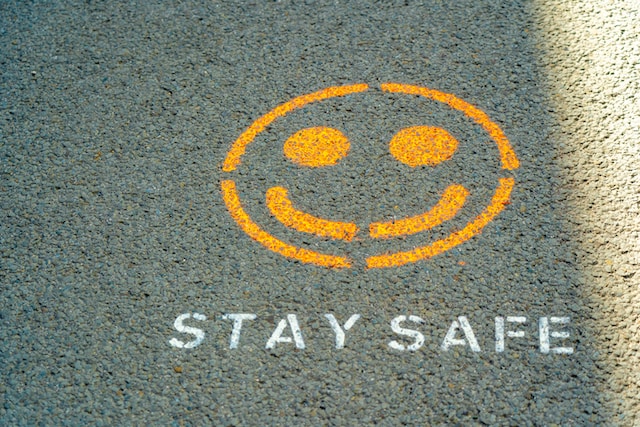Workplace Hazards You Might Not Be Aware Of

Ensuring a safe work environment is not only the responsibility of employers in high-risk industries like construction or manufacturing where employees are exposed to specific hazards, but to all industries and sectors.
This is highlighted by data from the National Safety Council (NSC) which shows that the number of preventable work deaths increased 5% in 2022, amounting to 4,695. This statistic spans a spectrum of industries ranging from high-risk sectors like construction and mining to lower-risk ones like retail and financial activities.
In this article, we will explore hidden health risks in the workplace that can cause injury or loss of life to workers, drawing attention to employers’ responsibilities in mitigating these risks.
Excessive Noise
Hearing loss presents a risk for many types of workers, not just those on loud construction sites or manufacturing plants. Extended or repeated exposure to sounds above 85 decibels can lead to noise-induced hearing loss. This can pose risks for employees who work in loud environments such as busy restaurants, music venues or bars as well as office workers who may be exposed to noisy construction sites, HVAC systems or other loud sounds.
Employers can reduce the risk presented by excessive noise by taking steps such as providing their employees with protective ear equipment where possible, or by installing soundproofing in environments where external noise levels are high.
Poor Indoor Air Quality (IAQ)
Poor IAQ can result from many different factors and can cause various health issues for workers. These can range from relatively mild symptoms such as skin irritations and headaches to more severe health conditions like respiratory issues and chronic illnesses. Causes of poor IAQ in the workplace include:
- Damp and mold: Buildings with water damage or damp and moldy areas can pose health risks such as respiratory issues and allergies to those who work there.
- Renovation or construction dust: This can cause respiratory issues as well as more serious health risks. Asbestos fibers released from this dust can cause asbestosis, lung cancer, and mesothelioma, especially in older buildings. If you have been diagnosed with mesothelioma, you can learn more about filing a mesothelioma lawsuit by visiting this site.
- Toxic chemicals: Cleaning products, office supplies and paints can contain volatile organic compounds (VOCs) that can evaporate into the air, contributing to poor IAQ.
Employers should conduct an assessment of potential factors that could lower IAQ and take appropriate steps to reduce the risk they pose to employees.
Postural Issues and Strain
Certain work activities can lead to physical health challenges for employees. This includes repetitive activities or those that create awkward postures such as bending wrists or hunching. As a result, employees may develop conditions like repetitive strain injury (RSI) or carpal tunnel syndrome.
Poorly designed seating that lacks lumbar support or non-adjustable heights can lead to slouching or hunching. This can cause neck, back or shoulder pain in employees and also create posture problems over time. Employers should ensure all office furniture is ergonomically designed to support the comfort and health of their employees and encourage them to take regular breaks when engaging in repetitive tasks.
By recognizing these hidden health risks, employers can take effective measures to mitigate the threat they pose to their employees.

